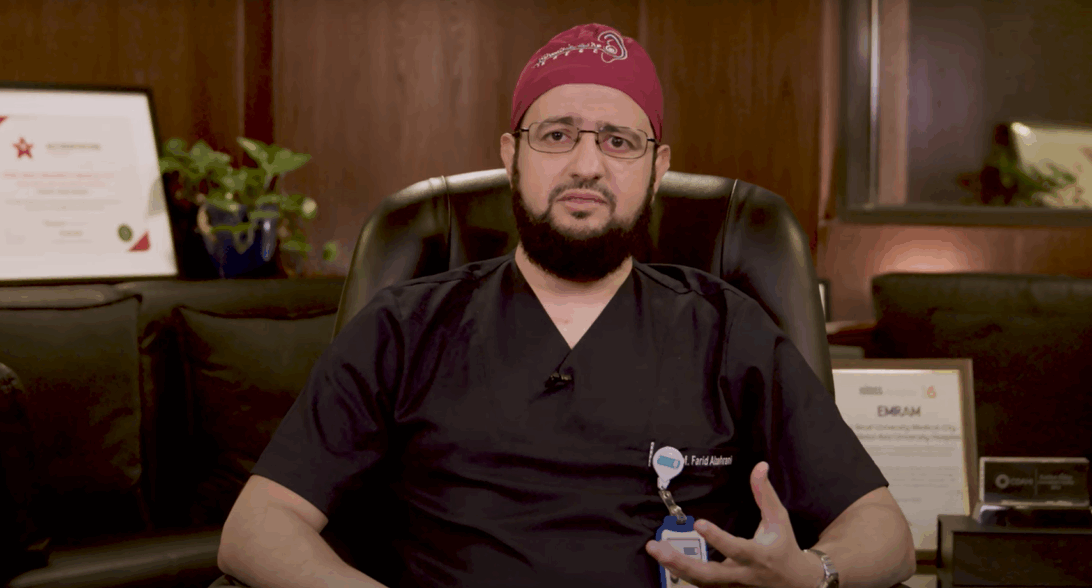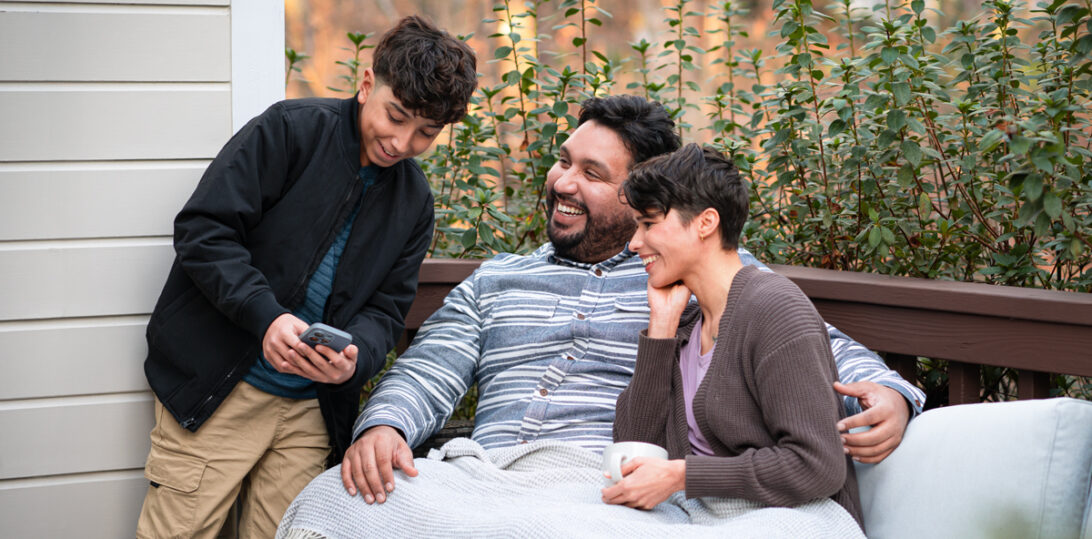
MED-EL has focused decades of research on residual hearing preservation. Here are the results, along with some of the secrets to our success.

MED-EL has focused decades of research on residual hearing preservation. Here are the results, along with some of the secrets to our success.

Today we are looking at an exciting case study from MED-EL’s comprehensive surgical video library. An 11-year-old with unilateral conductive hearing loss receives a VIBRANT SOUNDBRIDGE with a Stapes-SH-Coupler.

MED-EL has long been a leader in cochlear implant innovation, committed to delivering hearing solutions that closely replicate natural hearing. In partnership with Starkey, a global leader in hearing aid technology, MED-EL introduces DualSync—a breakthrough in bimodal streaming that enables seamless audio delivery to both ears via Apple devices.

Research related to balance disorders is now rapidly advancing. For many professionals focused primarily on hearing care, it may seem increasingly difficult to stay up to date on vestibular topics. That’s why, as part of Vestibular Awareness Week 2025, we are proud to help get the word out to clinicians and ENT practices around the world.

Professor Mario Zernotti, our guest author, shares insights gained from nearly four decades of experience helping children with conductive hearing loss due to microtia and congenital aural atresia, which occurs most commonly in Andes Mountains of South America.

While the cause of Meniere’s disease (MD) remains an enigma, a review of recent literature provides some valuable findings to keep in mind when considering cochlear implant candidacy and care for patients with Meniere’s disease.